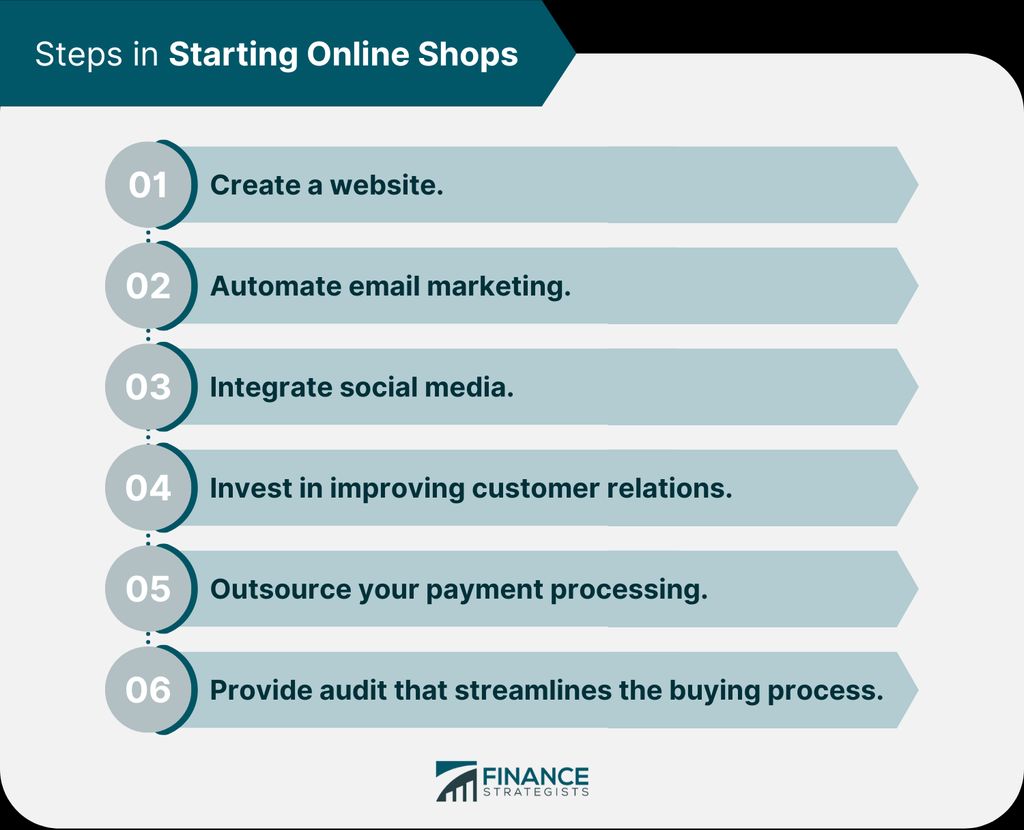Effective credit management is crucial for the financial success of businesses. It involves the implementation of strategies and principles to ensure timely payments, minimize bad debt, and maintain strong relationships with customers. In this article, we will explore the key principles and strategies for effective credit management.
Key Takeaways
- Establish clear credit policies and procedures
- Conduct thorough credit assessments
- Implement effective credit monitoring and control
- Build strong relationships with customers
- Set credit limits and terms
Understanding Credit Management

The Importance of Credit Management
Credit management plays a crucial role in the success of any business. It involves the practices and strategies used to ensure that customers pay their invoices on time and in full. By effectively managing credit, businesses can maintain a healthy cash flow, reduce the risk of bad debt, and build strong relationships with their customers. Without proper credit management, businesses may face financial difficulties, such as cash flow problems and an increase in late payments. This can ultimately impact the overall financial health and stability of the business.
The Role of Credit Management in Business Success
Credit management plays a crucial role in the success of a business. It involves the strategic management of a company’s credit policies and procedures to ensure timely payments and minimize the risk of bad debt. By effectively managing credit, businesses can maintain a healthy cash flow, strengthen customer relationships, and drive overall financial stability.
One key aspect of credit management is tax planning. By implementing effective tax planning strategies, businesses can optimize their financial position and minimize tax liabilities. This involves understanding tax regulations and utilizing legal methods to reduce tax burdens. By incorporating tax planning into credit management practices, businesses can maximize their profitability and ensure compliance with tax laws.
In addition to tax planning, credit management also involves other important strategies such as establishing clear credit policies and procedures, conducting thorough credit assessments, and implementing effective credit monitoring and control. These strategies help businesses assess credit risk, set appropriate credit limits, and monitor customer payment behavior to minimize late payments and bad debt.
To further enhance credit management practices, businesses should also focus on building strong relationships with customers. This involves refining skills in managing customer relationships, including negotiation, conflict resolution, and communication. By maintaining positive relationships with customers, businesses can ensure timely payments, resolve payment issues amicably, and maintain high levels of client satisfaction.
In summary, credit management is a vital component of business success. By implementing key principles and strategies such as tax planning, clear credit policies, effective credit monitoring, and building strong customer relationships, businesses can optimize their financial position, minimize risk, and drive overall growth and profitability.
Common Challenges in Credit Management
Credit management can be a complex and demanding task, requiring careful attention to detail and a proactive approach. One of the common challenges in credit management is ensuring timely payments from customers. Late payments can disrupt cash flow and impact the financial stability of a business. Another challenge is assessing credit risk accurately. It’s important to evaluate the creditworthiness of customers to minimize the risk of bad debt. Additionally, managing customer relationships can be challenging. Building strong relationships with customers is crucial for maintaining client satisfaction and ensuring timely payments. Finally, staying updated with regulations and compliance standards is essential to avoid legal issues and financial penalties.
Key Principles of Effective Credit Management

Establishing Clear Credit Policies and Procedures
Establishing clear credit policies and procedures is essential for effective credit management. It provides a framework for managing credit risk and ensures consistency in decision-making. By clearly defining the criteria for extending credit, businesses can minimize the likelihood of late payments and bad debt. Additionally, having clear policies and procedures helps in communicating expectations to both internal teams and customers.
To establish clear credit policies and procedures, businesses can follow these steps:
- Define the credit evaluation process: This involves determining the information required for assessing creditworthiness, such as financial statements, credit history, and references.
- Set credit limits: Establishing credit limits helps in managing risk and preventing excessive exposure to customers who may have difficulty making timely payments.
- Outline payment terms: Clearly stating payment terms, including due dates and acceptable payment methods, helps in setting expectations and reducing payment delays.
Tip: Regularly review and update credit policies and procedures to adapt to changing business needs and market conditions.
By establishing clear credit policies and procedures, businesses can effectively manage credit risk, improve cash flow, and maintain healthy customer relationships.
Conducting Thorough Credit Assessments
Conducting thorough credit assessments is a crucial step in effective credit management. It allows businesses to evaluate the creditworthiness and capacity of potential customers before extending credit. By carefully analyzing factors such as the customer’s financial stability, payment history, and industry reputation, businesses can make informed decisions about whether to grant credit and what credit terms to offer.
To conduct a thorough credit assessment, businesses can utilize a combination of quantitative and qualitative methods. Quantitative data, such as financial statements and credit scores, provide objective insights into a customer’s financial health. Qualitative information, such as customer references and industry research, can provide a more holistic understanding of the customer’s reliability and trustworthiness.
In addition to these assessment methods, businesses can also implement a structured credit assessment framework. This framework can include a checklist of key factors to consider, standardized credit assessment forms, and clear guidelines for decision-making. By following a consistent and systematic approach, businesses can ensure that credit assessments are conducted in a thorough and efficient manner.
It’s important to note that conducting thorough credit assessments is not a one-time task. As business and market conditions change, it’s essential to regularly review and update credit assessments to reflect the current risk landscape. By staying proactive and continuously evaluating creditworthiness, businesses can minimize the risk of late payments and bad debt, ultimately improving their overall credit management strategies.
Implementing Effective Credit Monitoring and Control
Implementing effective credit monitoring and control is crucial for the long-term sustainability of a business. It involves closely tracking and managing credit activities to ensure timely payments and minimize the risk of bad debt. One important aspect of credit monitoring is balancing financial accuracy with efficiency, which requires meticulous attention to detail and a streamlined process for tracking credit transactions. By maintaining a clear and organized system for credit monitoring, businesses can navigate financial landscapes with confidence and ensure compliance with regulations.
Building Strong Relationships with Customers
Building strong relationships with customers is essential for effective credit management. By fostering a positive and trusting relationship with your customers, you can facilitate open communication and collaboration, which is crucial for resolving any credit-related issues. Here are some strategies to help you build strong relationships:
- Maintain regular communication: Keep in touch with your customers to understand their needs and address any concerns they may have.
- Provide excellent customer service: Deliver exceptional service to your customers to enhance their experience and build loyalty.
- Offer flexible payment options: Provide various payment options to accommodate your customers’ preferences and financial situations.
Remember, building strong relationships with customers goes beyond just the financial aspect. It involves empathy, listening, and understanding their unique circumstances. By doing so, you can establish long-lasting partnerships that benefit both parties.
Strategies for Successful Credit Management

Setting Credit Limits and Terms
Setting credit limits and terms is a crucial aspect of effective credit management. It allows businesses to establish boundaries and manage risk when extending credit to customers. By setting appropriate credit limits, businesses can ensure that they are not exposing themselves to excessive financial risk. Additionally, establishing clear terms for repayment helps to avoid misunderstandings and disputes down the line.
To set credit limits and terms effectively, businesses can consider the following strategies:
- Analyze customer creditworthiness: Conduct thorough credit assessments to evaluate the financial stability and payment history of customers. This information can help determine appropriate credit limits.
- Consider industry benchmarks: Research industry standards and benchmarks to gain insights into typical credit limits and terms for similar businesses.
- Monitor credit utilization: Regularly review customer credit utilization to identify any potential red flags or signs of financial distress.
Remember, setting credit limits and terms requires a balance between providing flexibility to customers and protecting your business’s financial health. By implementing these strategies, businesses can make informed decisions and minimize the risk of late payments and bad debt.
Implementing a Proactive Collections Process
Implementing a proactive collections process is crucial for effective credit management. It involves taking proactive steps to ensure timely payment and minimize bad debt. Here are some key strategies to consider:
- Regularly review and update your collections policies and procedures to ensure they are aligned with industry best practices and legal requirements.
- Establish clear communication channels with customers to facilitate prompt payment and address any issues or concerns they may have.
- Implement a systematic approach to collections, including setting up reminders and follow-up procedures to ensure no invoices slip through the cracks.
- Offer flexible payment options to customers, such as installment plans or online payment portals, to make it easier for them to fulfill their payment obligations.
Remember, the goal of a proactive collections process is to maintain positive customer relationships while also safeguarding your company’s financial stability. By implementing these strategies, you can improve cash flow, reduce delinquencies, and enhance overall credit management.
Utilizing Technology for Efficient Credit Management
Utilizing technology is a crucial aspect of effective credit management. By leveraging the power of advanced AR and accounting software, businesses can streamline their credit management processes and improve overall efficiency. These software solutions, which may include AI-driven analytics tools and blockchain-based platforms, enable companies to automate tasks, track credit transactions, and generate real-time reports. With the ability to analyze financial data and identify trends, businesses can make informed decisions and proactively manage credit risk.
In addition to software, it is important for credit managers to develop their skills in data analysis and reporting. By understanding how to interpret financial data and generate insightful reports, credit managers can gain valuable insights into customer payment behavior and identify potential risks. This knowledge allows them to implement appropriate credit policies and strategies to minimize late payments and bad debt.
To stay ahead in the field of credit management, professionals should also stay updated on regulatory compliance and tax laws. By keeping abreast of the latest regulations and standards, credit managers can ensure that their credit management practices align with legal requirements and avoid any potential penalties or legal issues.
Lastly, credit managers should focus on building strong relationships with customers. Effective communication and relationship management skills are essential in credit management, as they help in maintaining client satisfaction and ensuring timely payments. By nurturing positive relationships with customers, credit managers can address any payment issues proactively and work collaboratively towards mutually beneficial solutions.
In summary, utilizing technology, developing data analysis skills, staying updated on regulatory compliance, and building strong customer relationships are key strategies for efficient credit management.
Continuous Evaluation and Improvement
Continuous evaluation and improvement are crucial in effective credit management. It is important to regularly assess and analyze the credit management processes to identify areas for enhancement and implement necessary changes. By continuously evaluating the effectiveness of credit policies, procedures, and strategies, businesses can adapt to evolving market conditions and ensure optimal credit management performance.
To achieve continuous evaluation and improvement, credit managers can consider the following strategies:
-
Consultation: Seek input and feedback from internal stakeholders, such as finance teams and sales departments, to gain different perspectives and insights. This collaborative approach can lead to innovative solutions and improved credit management practices.
-
Embrace Technology: Utilize advanced credit management software and tools to automate processes, streamline workflows, and enhance efficiency. This enables real-time monitoring, accurate reporting, and proactive decision-making.
-
Monitor Key Performance Indicators (KPIs): Establish and track relevant KPIs, such as average collection period, bad debt ratio, and customer satisfaction score. Regularly reviewing these metrics provides valuable insights into the effectiveness of credit management strategies and helps identify areas for improvement.
-
Continuous Learning and Development: Stay updated on industry best practices and trends through participation in webinars, workshops, and courses offered by professional bodies. Networking with industry peers and exchanging knowledge can also contribute to continuous improvement.
Remember, effective credit management is an ongoing process that requires adaptability, innovation, and a commitment to continuous evaluation and improvement.
Conclusion
In conclusion, effective credit management is crucial for maintaining financial stability and maximizing profitability. By implementing key principles and strategies such as assessing credit risk, improving customer relationship management, and embracing automation and AI, businesses can optimize their accounts receivable process. Additionally, continuous professional development and networking with industry peers can enhance skills and keep up with industry trends. With the right combination of technical expertise and soft skills, accounts receivable professionals can drive financial health and contribute to the success of their organizations.



